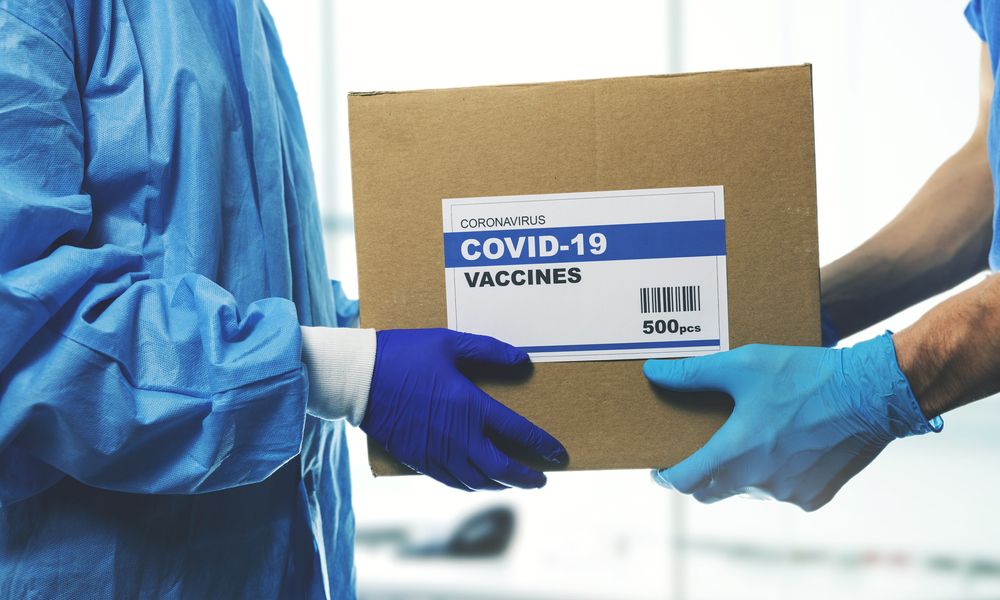
How a New CEO Connected With Members to Keep Healthcare Delivery on Track
A new leader hit the ground running to make sure his members had everything they needed to meet Americans’ healthcare needs at the start of the pandemic. He’s continuing that work now during the nationwide COVID-19 vaccine rollout.
Chip Davis, president and CEO of the Healthcare Distribution Alliance, took the group’s helm at the beginning of March last year, right as the pandemic arrived. At the end of his first week, he had to cancel HDA’s largest meeting, which was scheduled to start 48 hours later in California. He looked forward to spending time with his new team and getting to know them better. Two weeks later, HDA’s staff started working remotely. The day after that, Davis lost his father.
The chain of events was “almost surreal,” he says now, both on a professional and personal level. But he was bolstered “not only by the resiliency of the supply chain, but by the commitment of the people within HDA and, by extension, its members.”
“Our members are as much leading technology companies as they are companies that get a product from point A to point B,” he says. They serve as a “critical nexus” between pharmaceutical manufacturers who don’t do their own distribution anymore and front-line providers that include large hospitals, healthcare systems, physicians, and chain and independent pharmacies.
Constant Feedback Loop
At the start, Davis focused on a coordinated response between HDA’s 36 member companies and state and federal government agencies. The goal: to make sure distributors were able to get lifesaving medicines to the front lines while also continuing to meet the daily healthcare needs of Americans.
“The supply chain for pharmaceuticals was absolutely, unconditionally tested,” Davis says. “It was strained, it was stretched, but it did not break.” That resilience made clear to him the important role wholesale distributors play in delivering healthcare, although that role is often less visible to patients, providers, and policymakers in DC, he says.
Most HDA members don’t have Washington offices or the resources to directly engage with government officials to get the latest information, so they rely on HDA for that critical link. HDA served as a conduit for its members by creating a “constant feedback loop” to address issues at the state and federal levels. HDA alerted agencies about member concerns in real time, which “created an early warning system to be able to flag issues before they really became issues,” Davis says.
Part of his strategy as a new CEO was to spend roughly 40 percent of his time on the road getting to know members and the industry better. When that plan was derailed by the pandemic, he had virtual one-on-one meetings with board members and member leadership teams, which gave him valuable insights into the biggest policy and regulatory issues confronting members at every level.
Davis also used his status as a new CEO to ask questions that a leader with more tenure might not have the courage to ask. These off-the-cuff discussions led to a galvanizing new strategy for the organization they call HDA 2.0.
As a new CEO, Davis says, he knew there would always be things that needed improvement. But he recognized it was equally important to spend the time figuring out “what isn’t broken, what’s working, and make sure you don’t fix that.”
(ronstik/iStock/Getty Images Plus)






Comments